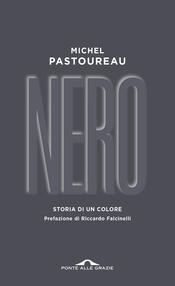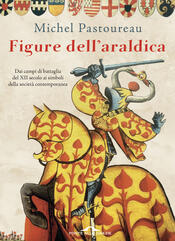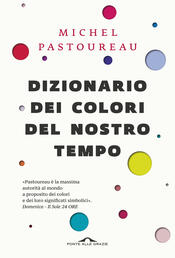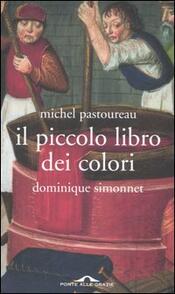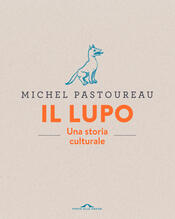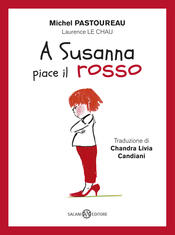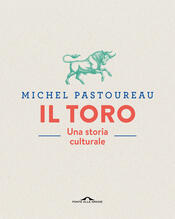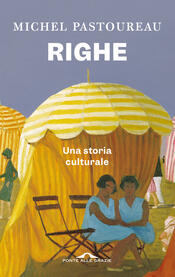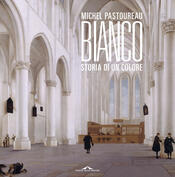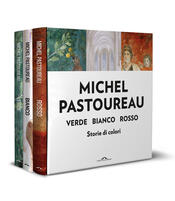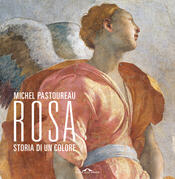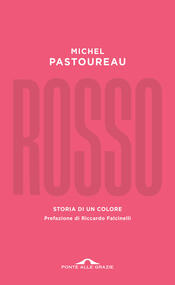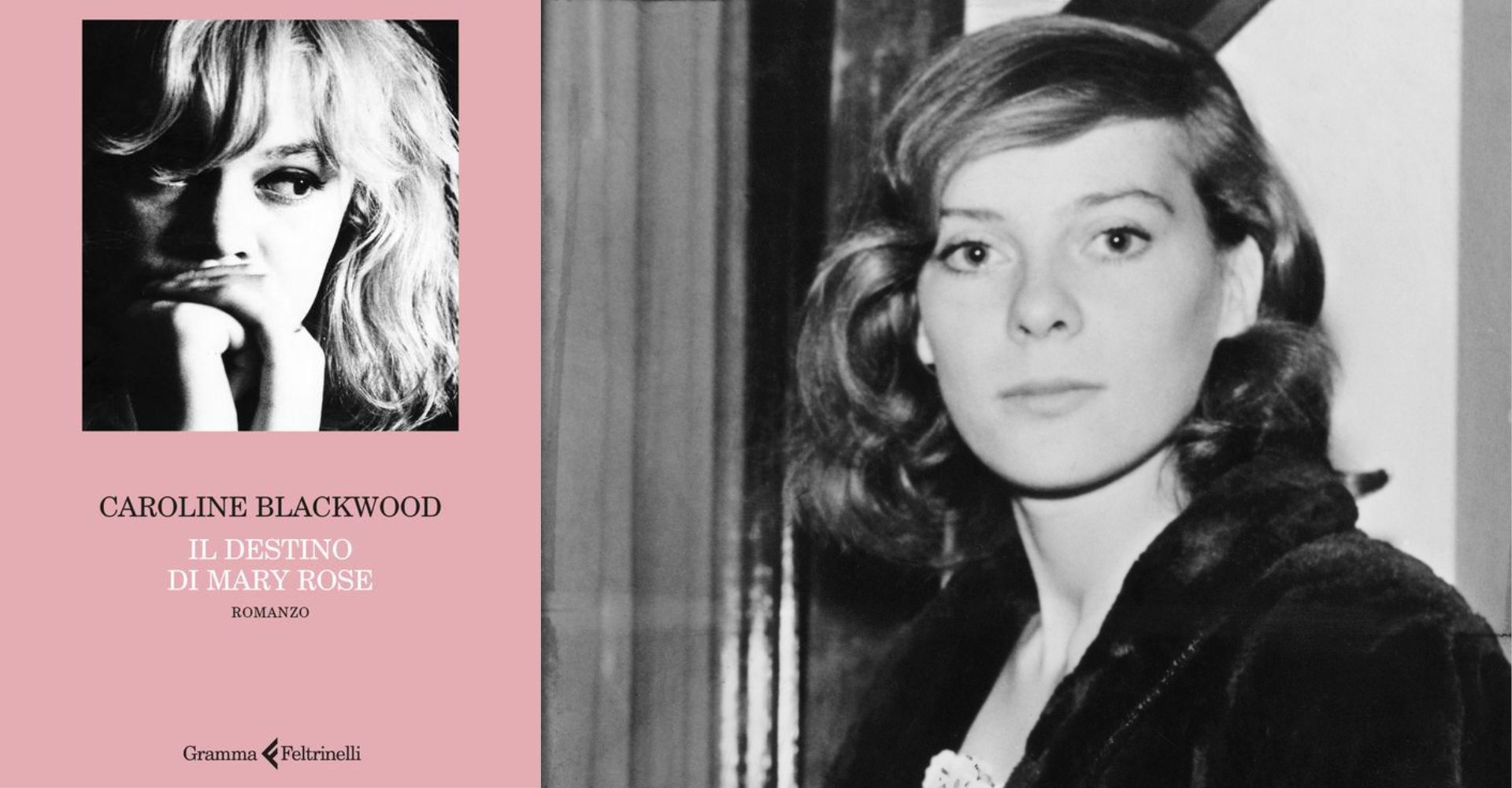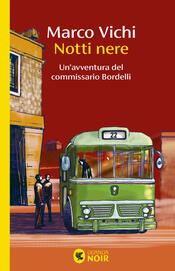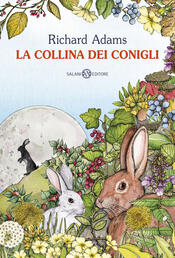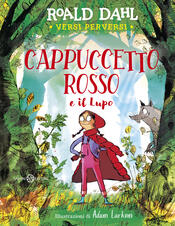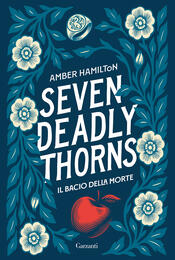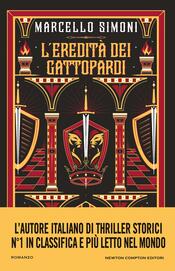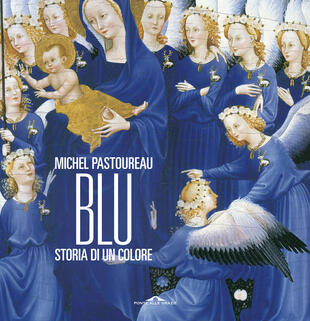

Blu. Storia di un colore
Tutti i formati dell'opera
Acquistalo
Sinossi
«La storia del blu è un autentico rebus storico: per i popoli dell'antichità, questo colore contava poco; per i romani era il colore dei barbari e aveva connotazioni negative. Oggi, il blu è di gran lunga il colore preferito in tutta Europa e la sua popolarità distanzia di molto quella del verde e del rosso. C'è stato, dunque, nel corso dei secoli, un rovesciamento completo dei valori. Il libro si concentra su tale rovesciamento. Mostra dapprima il disinteresse per il blu nelle società dell'antichità e dell'alto Medioevo; poi segue in tutti i campi l'ascesa progressiva e la considerevole valorizzazione dei toni blu a partire dal XII secolo, soprattutto nell'abbigliamento e nella vita quotidiana. Enfatizza i valori sociali, morali, artistici e religiosi di questo colore fino al periodo romantico. Infine mette in risalto il trionfo del blu nell'epoca contemporanea, stende un bilancio dei suoi usi e dei suoi significati e si interroga sul suo futuro».
- ISBN: 8868337983
- Casa Editrice: Ponte alle Grazie
- Pagine: 216
- Data di uscita: 11-01-2018
Recensioni
Argh! I wrote a 300 word review for this book and it was eaten by the GR popup :( Will rewrite. In two words: blue rocks. And there are other colors too. La guerre entre guede rt garance a été gagné par indigo!
Я й не думала що про колір можна написати цілу книгу, та ще й таку, що відірватися просто неможливо. * Є теорія, що древні греки і римляни не бачили синього кольору, бо про нього зовсім ніде не згадується, або ж бачили його по-іншому * в древніх трактатах вважали, що у веселці немає й натяку на синій Leggi tutto
мабуть, я читала їх у неправильному порядку: після «чорного» «синій» здається не таким ґрунтовним і вражає вже трохи менше. хоча пастуро сам пише, що для історика головне – пояснити, звідки зненацька береться мода на синій, він розповідає більше про стан справ, аніж про те, як так вийшло, та й відпо Leggi tutto
fascinating; did you know Europeans never wore blue until the Middle Ages or later? not for everyone; it's a specialized subject. I think you have to like history and/or art. Lavishly illustrated.
«На страницах настоящей книги не хватило места для обстоятельного разговора на эту тему, однако данный аспект символики синего цвета чрезвычайно важен». Я что-то упустила, или Пастуро законодательно запретили писать книги длиннее 150 страниц? Получилось бегло и, на мой взгляд, небрежно, хоть и видно Leggi tutto
Lovely overview of the emergence of blue as an important color in medieval Europe an of its changes of connotations up to the modern period, when blue constitutes the most neutral color.
Citazioni
Al momento non ci sono citazioni, inserisci tu la prima!



